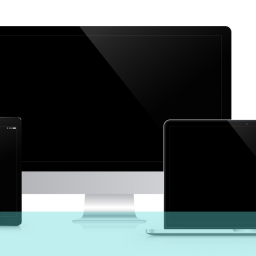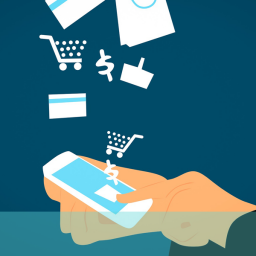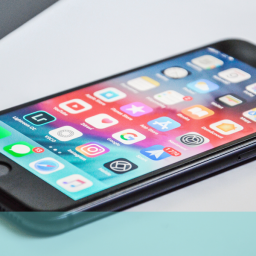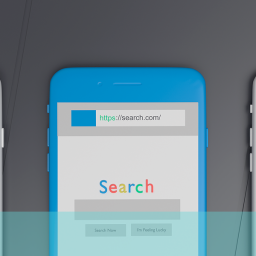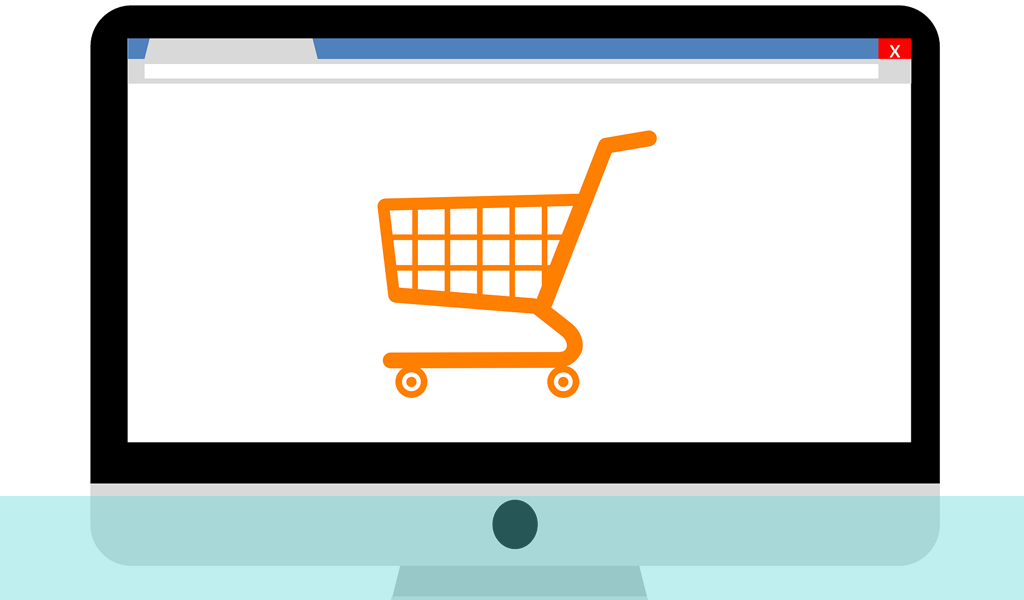
eCommerce multiscreen behaviour – using a persistent cart
With more and more users shopping with multiplatform access it is increasingly important to maintain connectivity and consistency between your various site offerings on desktop, tablet and mobile and with any mobile apps you have in the market.
One mechanism which is vital to this integrated approach is known as the persistent cart. Put simply, this means being able to view what you have put in your basket or previously selected or viewed on all of the platforms on which you access the site. This gives you the dual benefits of reminding the user that they have selected items on a previous visit and also saves the trouble of going through the search and selection process all over again, which can be frustrating and annoying for visitors. You will get less abandoned sales by adopting the persistent cart than if you just trust to customers remembering or being prepared to repeat the whole operation.
According to a survey by Baymard.com (an online ecommerce researcher) over 60% of online shoppers put items in their cart when browsing only to abandon them before purchase, for whatever reason. So designing a customer cart that keeps the buyer engaged and locked into your site and products is a very important factor in closing sales and retaining business. As with most of these things there are golden rules which if followed might not guarantee unqualified success but do improve your chances of converting browses into sales.
- Be transparent about cost – include all taxes, handling, shipping etc. Customers hate surprise add-ons at the checkout. (A 2012 survey reckoned that 56% of online shoppers abandon purchases due to this scenario.)
- Use closing devices at the checkout (like limited periods for special prices and offers) and reassure customers by flagging up customer help with purchase and product information. Money-back policies, guarantees and returns can also be emphasised here so the buyer feels confident in making the purchase. If the user actually starts to quit the sale why not consider adding an incentive that displays at this stage to keep them onboard.
- Security of payment is always an issue for customers so make sure your secure payment devices, logos, protection etc are clearly and obviously signed at your checkout so users are reassured their payment is safe.
- Make sure your shopping cart has a long enough expiration period to accommodate the changing face of multiplatform shopping and multiscreen behaviour. Many providers offer 60 days now which should be sufficient to optimise choice for the user and extend the possible life of a purchasing decision.
- Consider the long period which might elapse between accessing the cart via different platforms and give the customer as much help as possible in remembering why, when and how they made the purchase decision. Reinforce the positivity as much as possible – eg stress the price or quality (especially if it is a sale price); don’t just use the product description but maybe put in an extra line promoting what is unique, fashionable or desirable about the item that might have connected with the customer in the first place but they have forgotten.
Having a persistent shopping cart can give you an edge over competitors who don’t have them and run the risk of customers returning to a previous search only to find all their choices erased and having to start again. Many won’t – and they might not go back either. But they might come to you – and stay!
If you are interested in keeping up with the latest developments in e-commerce, drop us an email at hello@ux247.com.



